When Zohran Mamdani walks into the Oval Office on Friday, he will be meeting with a natural enemy. President Donald Trump has hurled various insults and attacks at Mamdani for months, while New York’s next mayor called out the president directly in his victory speech. The two are about as far apart ideologically as it gets between American elected officials. And yet, both were molded by the same city, and more specifically, the same group within that city — the intellectual elite of New York.
Mamdani is a son of the Upper West Side, a neighborhood memorialized in Woody Allen and Nora Ephron movies and long understood as the beating heart of a certain kind of New York culture. If it’s now occupied more by bankers and lawyers, for decades Mamdani’s neighborhood was filled “block for block” with “more celebrated intellectuals than anywhere else in the city,” according to a 1974 New York Times article. People with rent-controlled apartments or a Columbia salary or family money who liked to sit around and debate ideas.
Across the park was New York’s truly moneyed elite; the west side’s stately pre-war apartments were reserved for people like Zohran’s parents. His father, Mahmood Mamdani, was an anthropologist and political science professor at Columbia, and his mother, Mira Nair, was an independent filmmaker who had already worked with Denzel Washington by the time the family moved to New York.
The family arrived in the neighborhood when Zohran was seven years old, and naturally, his life appears to have been shaped by the milieu. Before going to one of the city’s best public high schools, Mamdani attended Bank Street, a private, progressive school in his neighborhood. The school’s website touts its “developmental-interaction approach,” which recognizes that “authentic growth requires diverse and nurturing opportunities for ongoing social, emotional, and cognitive development.” He had easy access to the kinds of taste-maker institutions that shape culture and determine status; when he was 12, Mamdani was featured in a New York Magazine spread about what kids want for Christmas — books, he said, along with the FIFA 2003 and Sim City 3000 computer games.
Trump is likewise a New Yorker, and unlike Mamdani, was born in the city. But he was a Queens kid — a wealthy outer-borough resident whose view of Manhattan was shaped from the outside. His upbringing was in some ways much grander than Mamdani’s — he grew up the son of a real estate developer in a 23-room mansion in Jamaica Estates. From his childhood home, though, it takes about 45 minutes by car and an hour by subway to reach midtown Manhattan. He went to private school his whole life, but when he was 13, his father sent him off to a military boarding school upstate, in part because he wouldn’t stop sneaking into Manhattan.
As an adult, Trump’s clashes with the intellectual elite whose unofficial headquarters were on the Upper West Side became the stuff of legend. As a businessman, he ascended to great heights, building glittery apartments and hotels around Manhattan. But he was routinely mocked by the intelligentsia, most famously called a “short-fingered vulgarian” in Spy magazine.
When he got into the White House in 2017, he was deeply unpopular in New York; protesters gathered outside Trump Tower daily and his name was removed from apartment buildings he developed in the ’90s.
Trump now publicly calls Mamdani a “lunatic” every chance he gets. But when Trump meets with him, he will surely also recognize Mamdani’s particular kind of privilege that he was never afforded. Trump will see in New York’s incoming mayor a physical representation of the group of people that mocked and excluded him, no matter how many buildings he owned.
Trump and Mamdani have each fashioned themselves into champions for forgotten Americans. They both also spent much of their pre-political life not among the people whom they purport to represent, but around an elite class of New Yorker. By dint of who his parents are and where he went to school, Mamdani became one of them. After decades of not fitting in, Trump turned himself into their enemy.
Friday’s meeting is between two of America’s most important politicians, but also between the Queens kid and the Manhattan kid, the striver and the natural insider, the man who covets a magazine cover and the man who had his childhood Christmas list published by one of New York’s biggest magazines — without having to make much effort at all.
.png)
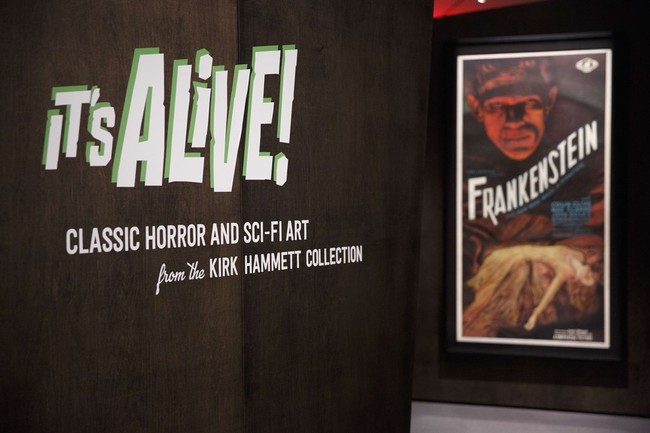

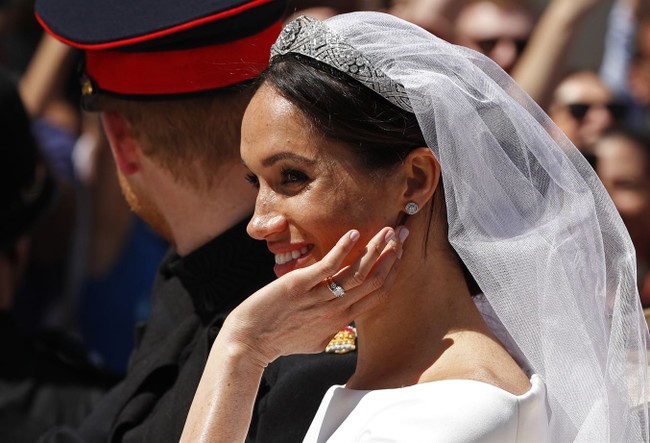
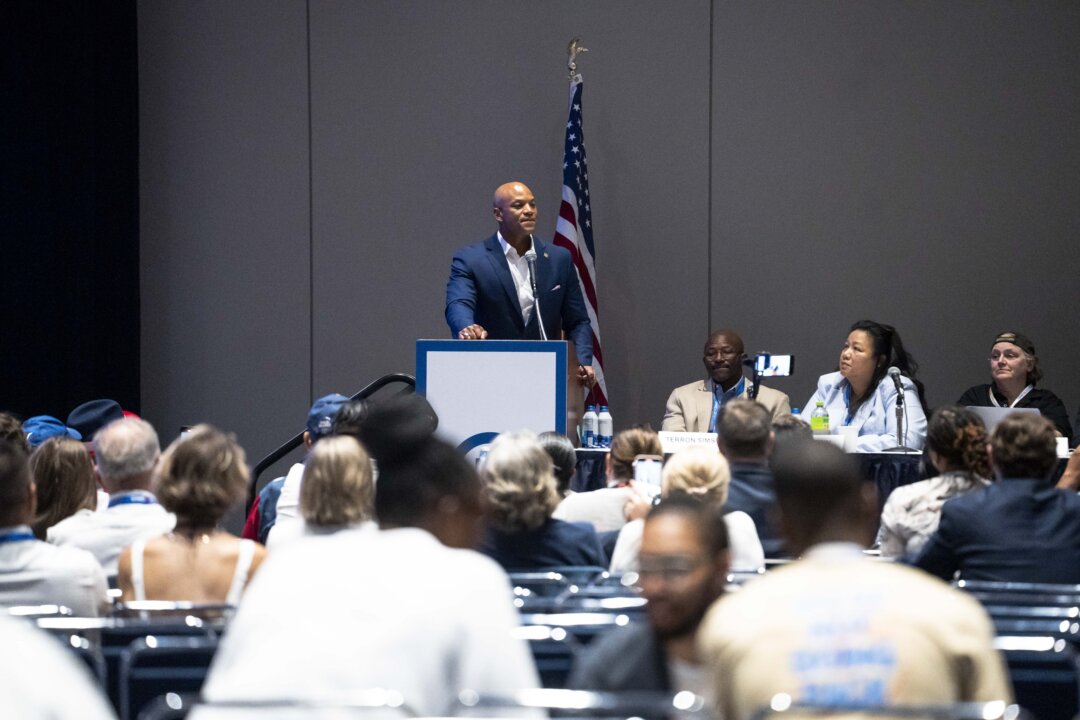

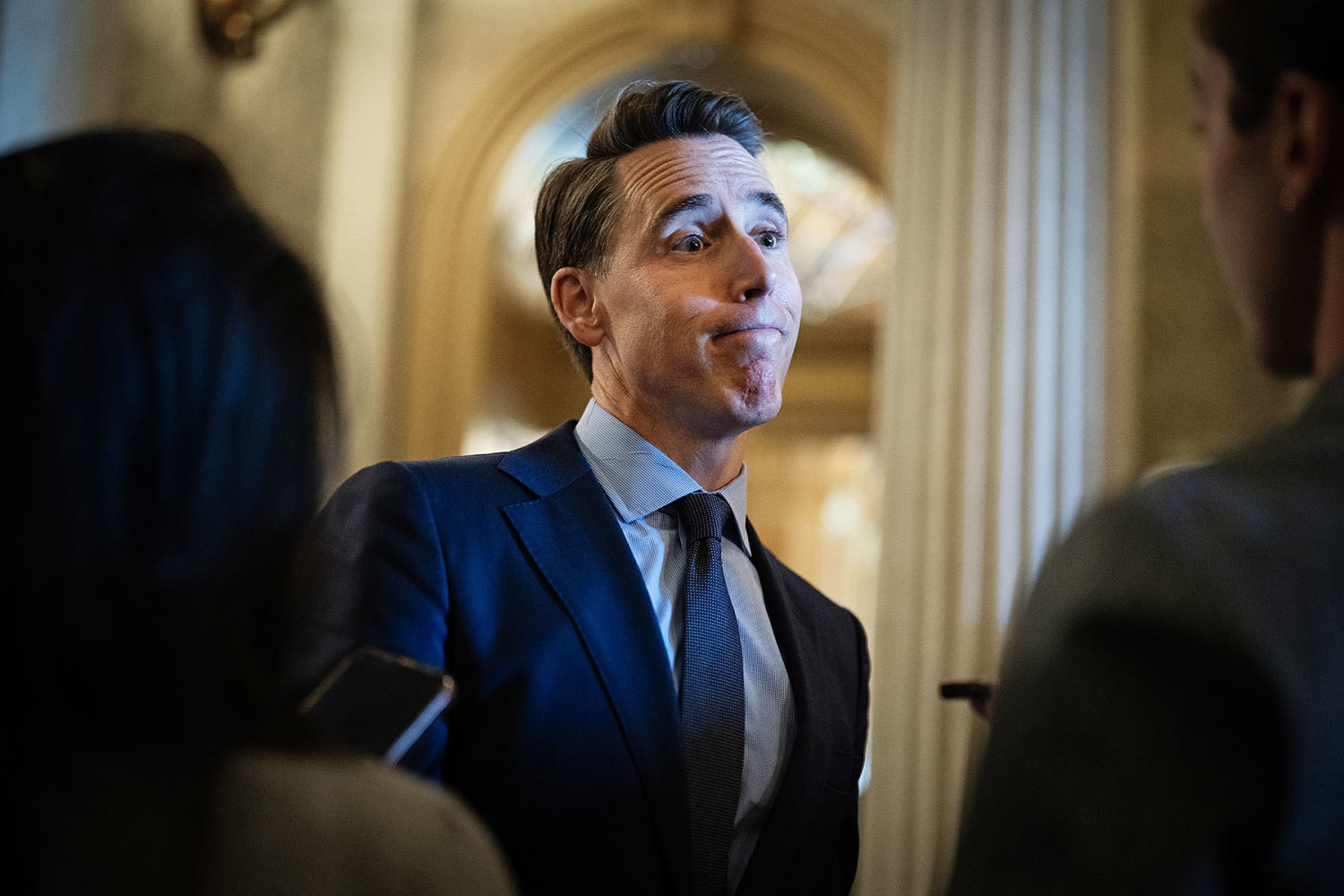
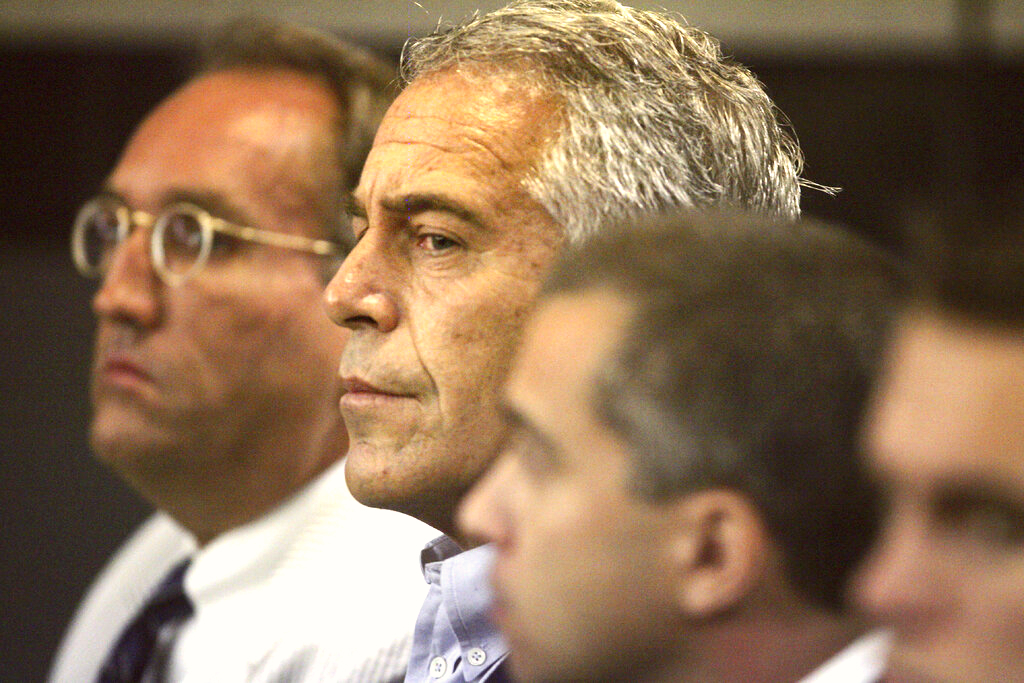






 English (US)
English (US)